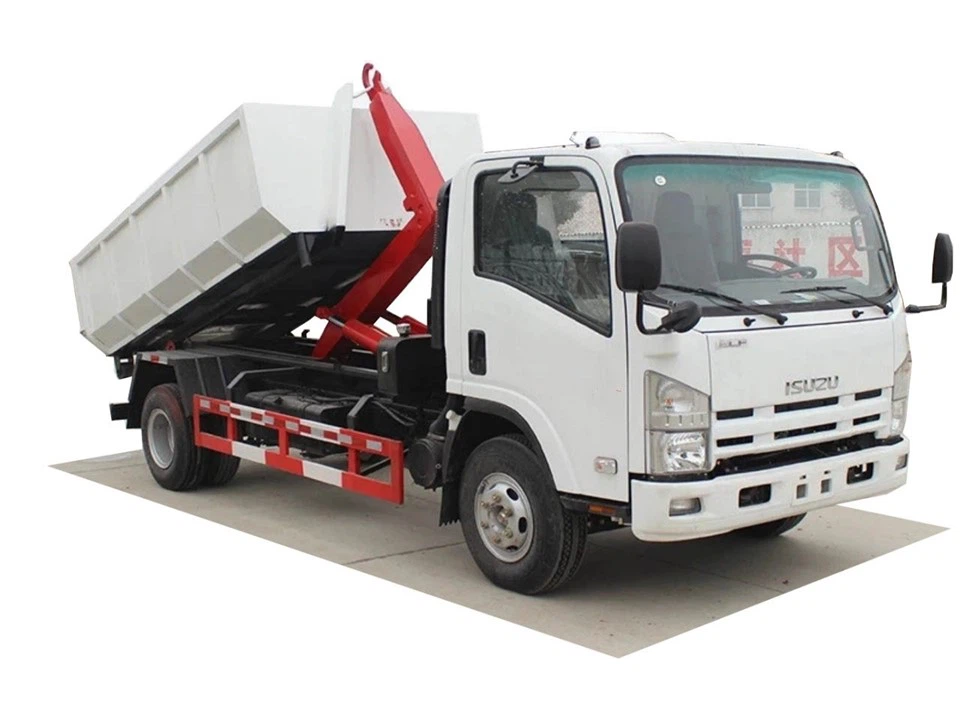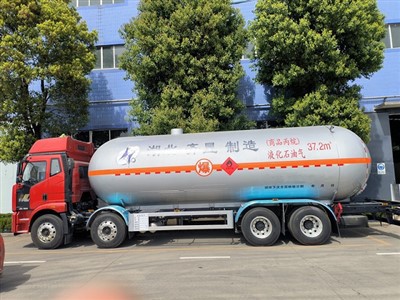Understanding Cab Sizes: A Comprehensive Guide

In the world of transportation, understanding cab sizes can significantly impact both passenger comfort and utility vehicle performance. Whether you’re a business owner in need of commercial transport or a regular commuter looking for the right cab for your next trip, knowing the different cab sizes available is essential. This comprehensive guide will delve into various cab sizes, their uses, and what to consider when choosing the perfect cab for your needs.
What Are Cab Sizes?
Cab sizes refer to the dimensions and configurations of passenger compartments in vehicles, particularly trucks and taxis. These sizes dictate how many occupants can be comfortably seated and how much cargo can be transported. Understanding cab sizes is critical for both commercial drivers and personal users as it directly influences the vehicle’s performance and suitability for various tasks.
The Importance of Choosing the Right Cab Size
Choosing the right cab size is crucial for several reasons:
- Comfort: The right cab size ensures that passengers have enough space to feel comfortable, especially on longer journeys.
- Functionality: Larger cabs may be necessary for transporting families or groups, while smaller cabs might be better suited for solo drivers.
- Cost Efficiency: Different cab sizes can significantly affect fuel efficiency. Larger trucks generally consume more fuel.

Factors Influencing Cab Size Selection
- Purpose: The intended use of the vehicle can greatly influence cab size selection.
- Passenger Capacity: Consider how many people will typically be traveling together.
- Cargo Requirements: Assess what additional cargo space might be necessary.
- Budget: Larger cabs often come at a higher purchase price and maintenance cost.
Types of Cab Sizes
1. Regular Cab
A regular cab is a compact design that usually includes two doors and a two-seat arrangement. It typically features a short bed in the rear, ideal for work purposes.
Features:
- Seats up to 2 to 3 passengers
- Compact size makes it easier to maneuver
- Often the most affordable option
Ideal For:
Regular cab trucks are perfect for solo drivers or those who occasionally need to transport one or two passengers.
2. Extended Cab
As the name suggests, an extended cab offers additional room behind the front seats for passengers or cargo. This cab type typically has rear-hinged doors for easier access.
Features:
- Seats up to 4 passengers comfortably
- More storage behind the seats
- Good balance between size and manageability
Ideal For:
Extended cabs are an excellent choice for small families and professionals who need extra seating occasionally.
3. Crew Cab
A crew cab features four full doors and a spacious back seat area, making it suitable for transporting multiple passengers comfortably.
Features:
- Seats up to 5 or 6 passengers
- Maximum passenger comfort
- Available in many truck models
Ideal For:
Perfect for large families or work teams requiring transportation, crew cabs provide ample space for passengers and gear.
4. Super Cab
The super cab is a variation similar to an extended cab but with more emphasis on increased rear space while maintaining traditional cab proportions.

Features:
- Seats up to 4 passengers
- Flexible seating configuration
- Compact design facilitates better fuel efficiency
Ideal For:
Super cabs are suitable for those needing a blend of passenger capacity and a compact vehicle.
5. Van Cabs
Van cabs are designed for maximum passenger capacity and comfort, often equipped with multiple rows of seating.
Features:
- Seats 7 or more passengers
- Spacious interiors designed for comfort
- Often includes amenities like entertainment systems
Ideal For:
Perfect for larger families, shuttle services, or businesses requiring group transport.
Practical Examples of Cab Sizes
Understanding cab sizes is easier with practical examples:
Example 1: Regular Cab in the Workforce
Construction workers often prefer regular cabs for their utility in transporting tools and materials without the need for extensive passenger space.
Example 2: Extended Cab for Family Outings
An extended cab can serve families well by offering enough space for children in the back seat while still allowing access to tools and gear in the front.
Example 3: Crew Cab for Businesses
A landscaping company may use a crew cab to transport workers and equipment to various job sites efficiently.
Example 4: Van Cabs for School Transport
Schools often utilize van cabs to provide reliable transport for students’ field trips and activities, given their ample space.
Considerations When Choosing Cab Sizes
Making the right choice regarding cab sizes requires you to consider your specific needs. Here are some tips:
1. Analyze Your Needs
Think about the main purpose you need the cab for. Are you primarily transporting passengers or cargo?
2. Test Drive Different Sizes
Before making a purchase, test drive a few vehicles with different cab sizes. This can help gauge comfort and handling differences.
3. Consider Future Needs
Anticipate any changes in your needs over time. If you plan to expand your family or business, consider a larger cab size now.
4. Look at Safety Ratings
Safety should never be compromised. Make sure to check the safety ratings for the vehicle models you are considering.
5. Calculate Total Costs
Factor in not only the purchase price but also insurance, fuel, and maintenance costs associated with different sizes.
Popular Cab Size Comparisons
| Cab Size | Passenger Capacity | Cargo Space | Fuel Efficiency |
|---|---|---|---|
| Regular Cab | 2-3 | Moderate | High |
| Extended Cab | 4 | Good | Moderate |
| Crew Cab | 5-6 | High | Lower |
| Super Cab | 4 | Good | Moderate |
| Van Cab | 7+ | Very High | Low |
Frequently Asked Questions (FAQ)
1. How do I measure the cab size I need?
Measure your typical passenger count and cargo requirements to determine the best cab size for your needs.
2. Does cab size affect insurance rates?
Yes, insurance rates can vary by cab size due to differences in safety ratings and risk assessments.

3. Can modifications be made to cab sizes?
Some modifications can be made to enhance cab space or comfort but may alter warranty agreements, so consult a professional before making changes.
4. Are crew cabs more expensive than regular cabs?
Generally, yes. Crew cabs tend to be more expensive due to their larger size and additional features.
5. What is the benefit of an extended cab vs. a crew cab?
An extended cab may offer more versatility for cargo and occasional passengers, while crew cabs prioritize passenger comfort. Choose based on your most frequent needs.
6. How does cab size impact resale value?
Cab size can impact resale value, particularly if demand is high for a particular style. Crew and van cabs often retain value better due to their versatility.
